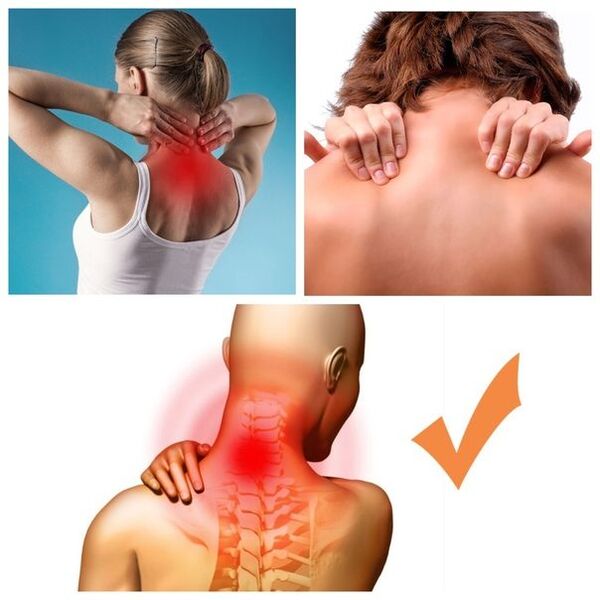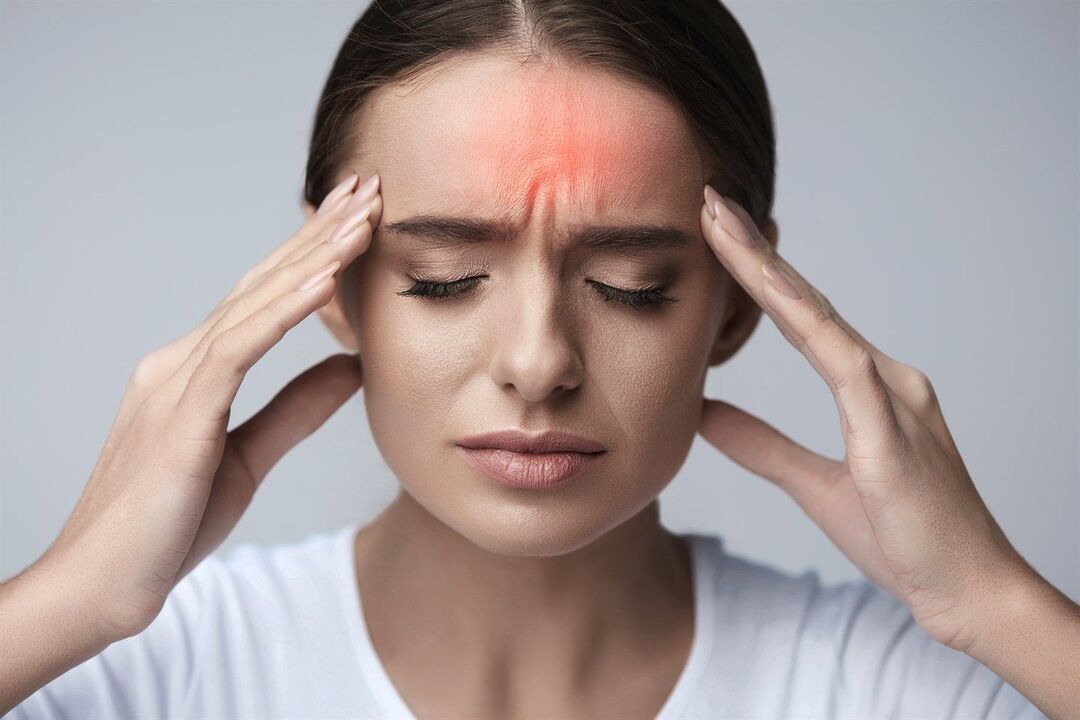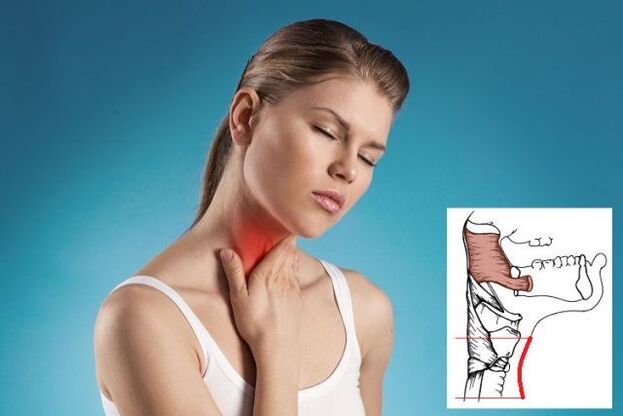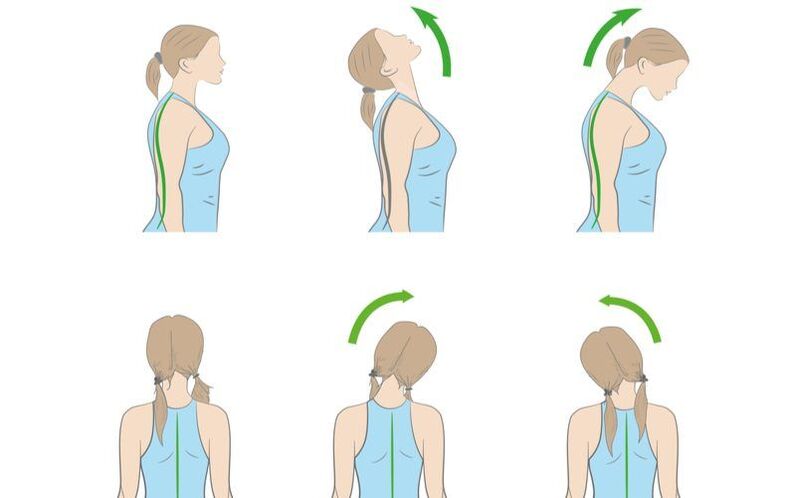The main symptoms
first sign

Vertebral artery syndrome (VAS)
- Headache located mainly in the back of the head and at the base of the skull - basilar migraine, accompanied by typical symptoms: loss of coordination, nausea leading to vomiting, tinnitus, and less commonly - speech disturbances;
- Dizziness that occurs when you turn your head. They may be accompanied by vomiting, darkening of the eyes, and impaired motor coordination;
- Stress-induced eye fatigue, speckled flickers and bright flashes of light in front of the eyes, and loss of vision in some places. Patients may complain of eyeball pain, redness, sandy sensation, and conjunctival inflammation;
- Persistent or paroxysmal tinnitus, the nature of which varies depending on the position of the neck. Symptoms such as mild deafness, ear plugging, and unresponsiveness to quiet sounds may occur. In some cases, people notice paracusia - selective hearing of sounds, in which a person hears more in the presence of extraneous noise than in complete silence. good;
- When osteochondrosis progresses, vegetative symptoms are always present and are most often combined with other symptoms. These may be hot flashes or chills, increased sweating, cold hands and feet, shortness of breath, elevated blood pressure and poor sleep quality;
- TIA - Transient ischemic attack - accompanied by mechanical compression of the vertebral artery, manifested by double vision, temporary partial blindness and loss of visual field, dizziness, vomiting, speech and swallowing dysfunction;
- Fainting may be caused by sudden movements of the head or by being placed in an uncomfortable position. Loss of consciousness can last for varying amounts of time and cause weakness in the limbs;
- A fall attack is a sudden fall, usually without loss of consciousness, caused by a sudden flow of blood to the brain when the head is tilted back. The immediate cause was paralysis of the legs, but motor function recovered quickly.
Headache and dizziness

The cause of the pain may also be muscle spasms, typical of osteochondrosis.
panic attack
- Fever or chills, elevated body temperature;
- Numbness, tingling in the limbs, muscle spasms, and impaired movement ability;
- Dizziness, loss of coordination, dark eyes;
- Pain behind the sternum or on the left side of the chest, rapid pulse, and elevated blood pressure;
- Insomnia, fear of death, or mental confusion and confusion;
- Shortness of breath, difficulty breathing until suffocation, lump in throat;
- Abdominal discomfort and pain, indigestion, frequent urination.
sore throat

treat
| drug | action |
| Active ingredient: Pentoxifylline | Improve cerebral circulation, dilate blood vessels, relax smooth muscles, and reduce nerve signal frequency |
| Chondroitin and Glucosamine Preparations | Restore intervertebral disc cartilage tissue and slow down the degeneration process |
| muscle relaxants | Relieve muscle spasms |
| NSAIDs | Relieves inflammatory processes, tissue swelling |
| analgesics | eliminate pain |
| Opioids | For severe pain that cannot be relieved by conventional methods |
| Vitamin complex containing vitamins B, A, C, calcium | Strengthens nerve, muscle and bone tissue for overall healing effect |
| Antidepressants and sedatives | Coping with the stress of ongoing pain |
treatment at home

Tips to prevent osteochondrosis
Tip #1
Tip #2
Tip #3
Tip #4
Tip #5
Tip #6
FAQ
- Persistent numbness in your arms or legs;
- Severe pain that cannot be relieved by conventional analgesics;
- Movement disorders;
- Severe headache, dizziness, loss of coordination and other symptoms of cerebrovascular accident;
- The back is "stuck" in a certain position, severely restricting movement.
























